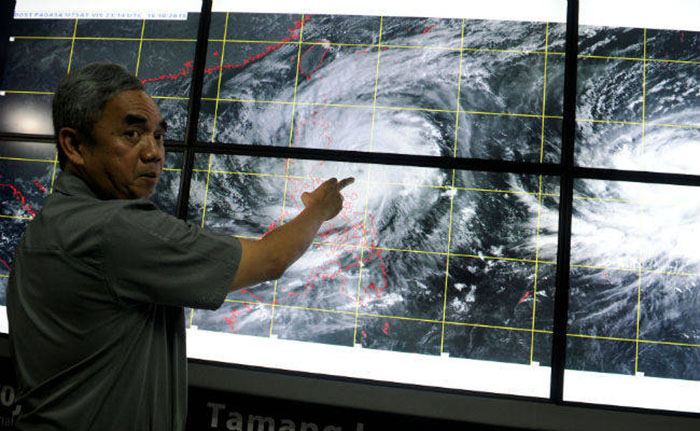The storm, downgraded to a category 1 typhoon from category 4, was moving slowly north today and was forecast to weaken to a tropical storm within hours.
"We haven`t reached many areas. About 60 to 70 percent of our town is flooded, some as deep as 10 feet (3 metres). There are about 20,000 residents in isolated areas that need food and water," said Henry Velarde, vice mayor of Jaen town in Nueva Ecija province, north of Manila.
The national disaster agency said two people died from falling trees and a toppled concrete wall. The coast guard said seven people died at sea.
Villages far from rivers in Nueva Ecija were flooded as water from the mountains came rushing down plains and valleys.
"We were not expecting this. Flood waters suddenly swelled around us so we evacuated to higher ground," said Reynato Simbulan, 44, a village councillor who was among hundreds who fled to schools and village halls in Sta. Rosa town in Nueva Ecija.
"We`re seven kilometres away from the river but we were still inundated," Simbulan said adding five-foot floods swept away farm animals and some houses made of light materials.
Nearly 183,000 people felt the impact of the typhoon, of whom more than 65,000 had been evacuated from low-lying and landslide-prone areas, the disaster agency said. About 6,000 people were stranded in various ports across the main Luzon island.
© Thomson Reuters 2015
More about:
















































